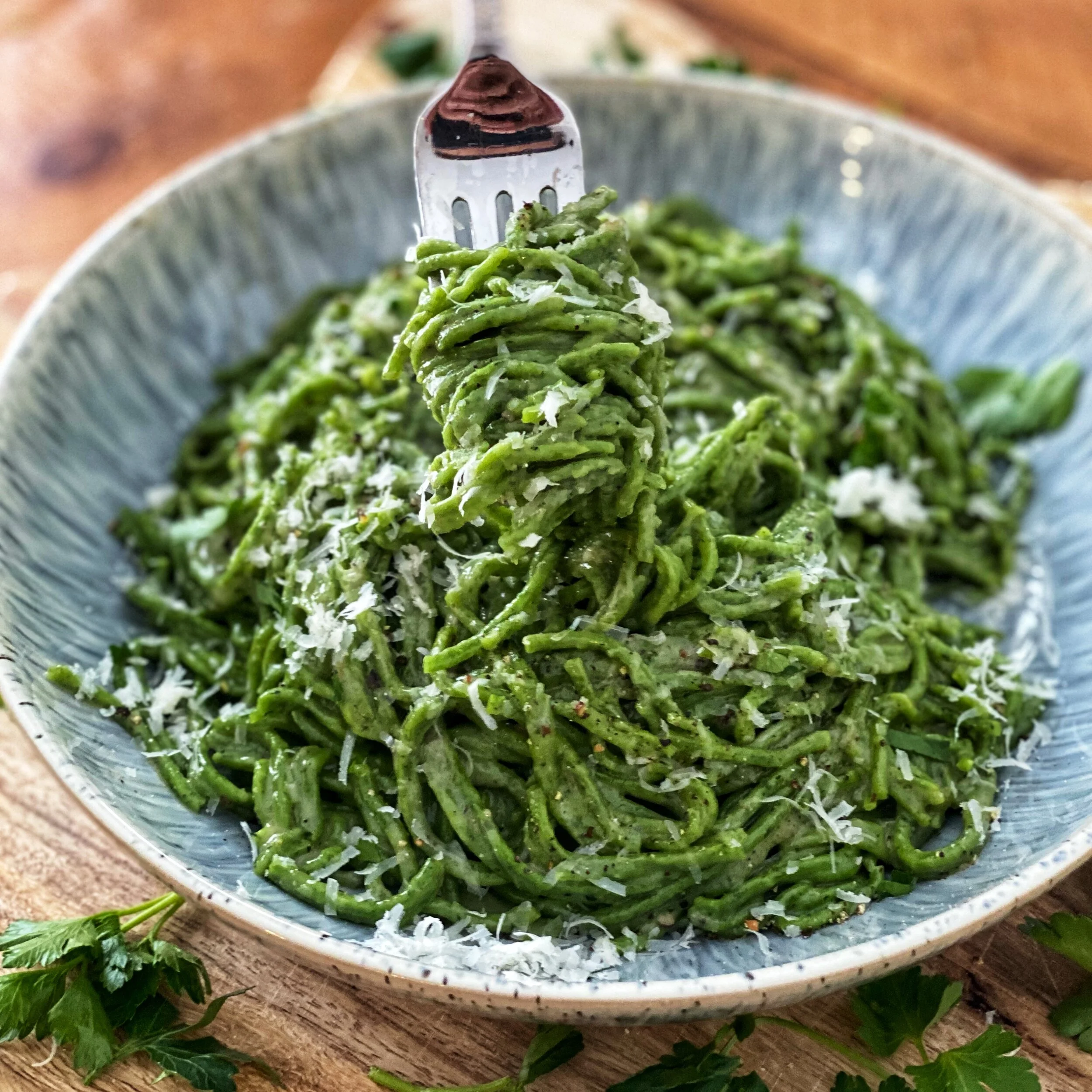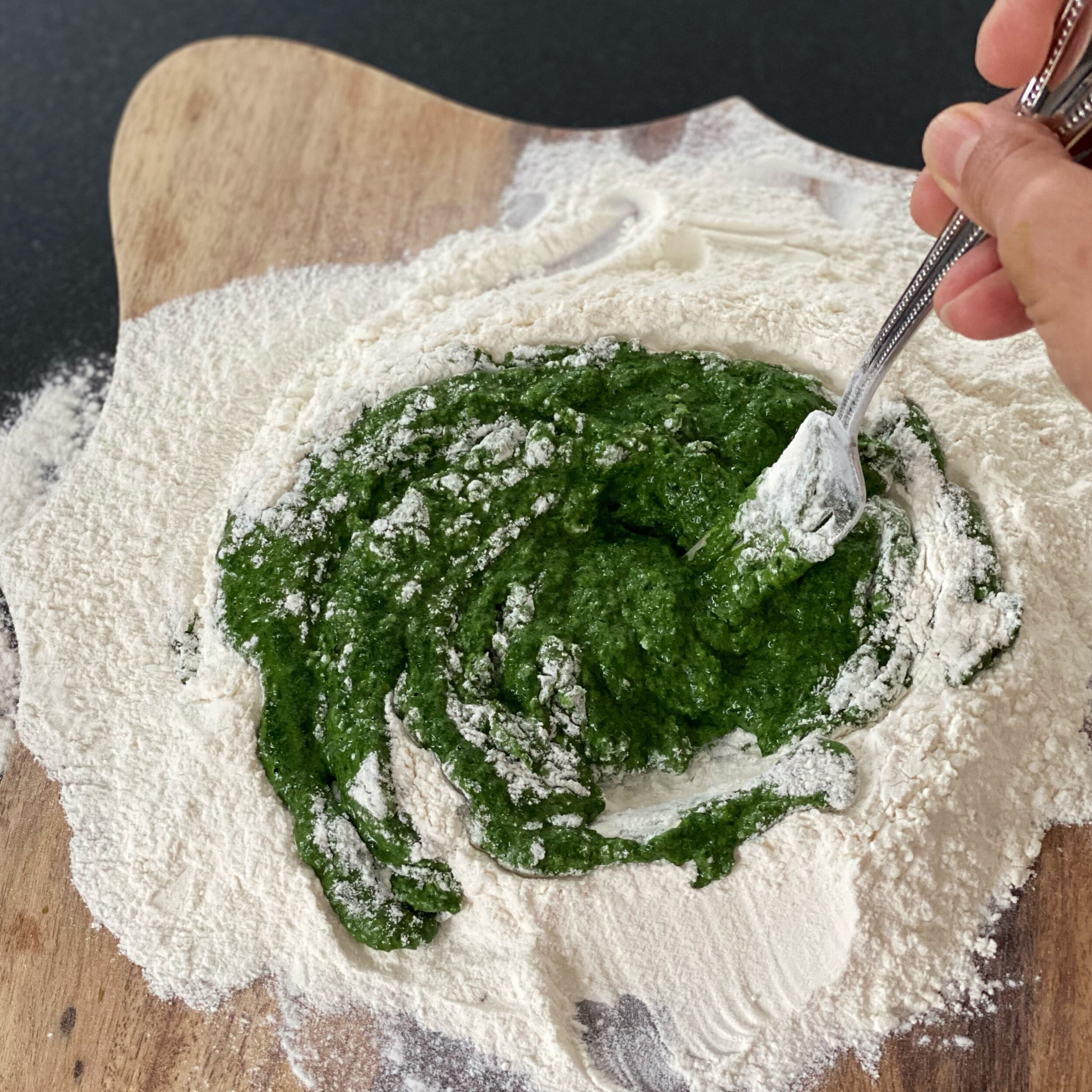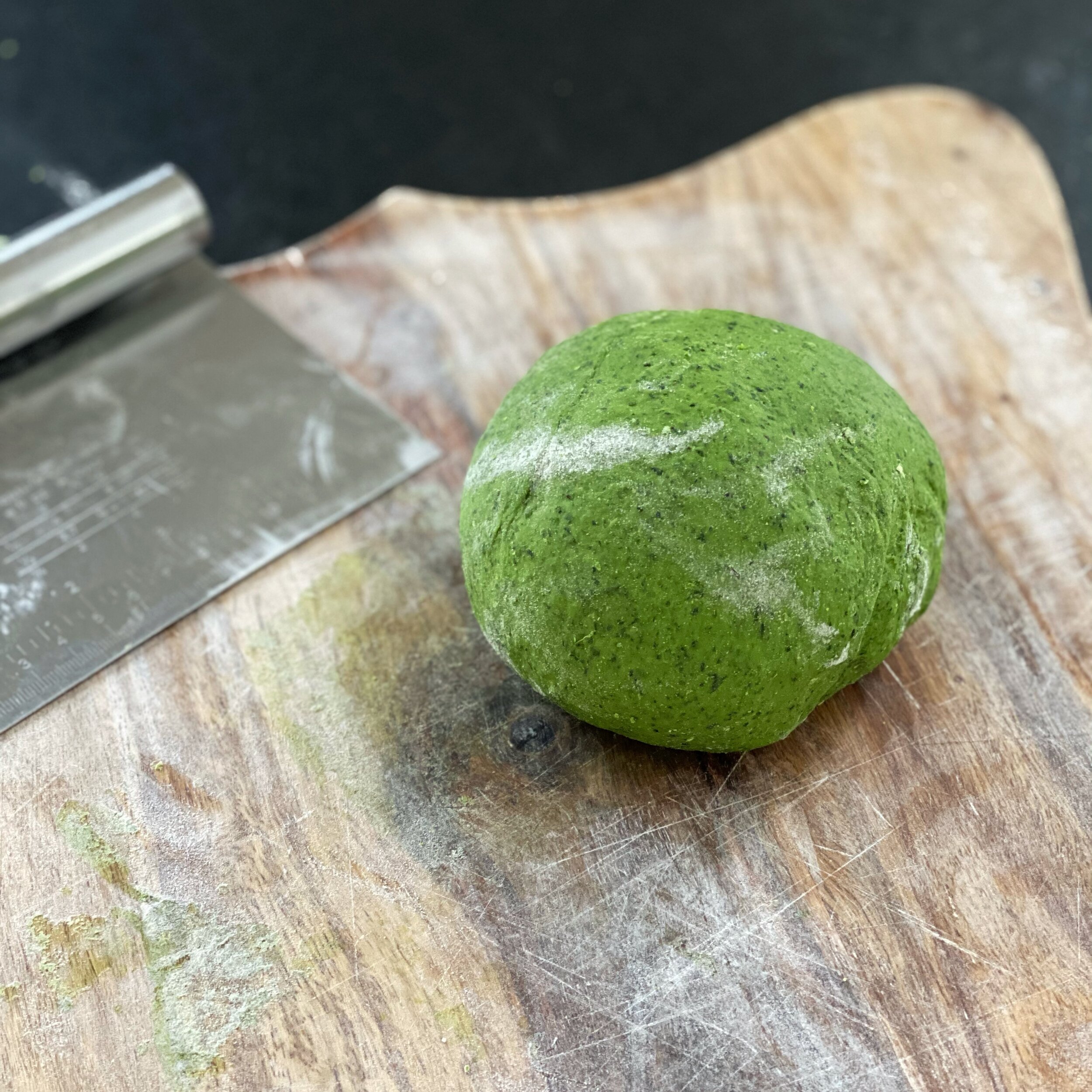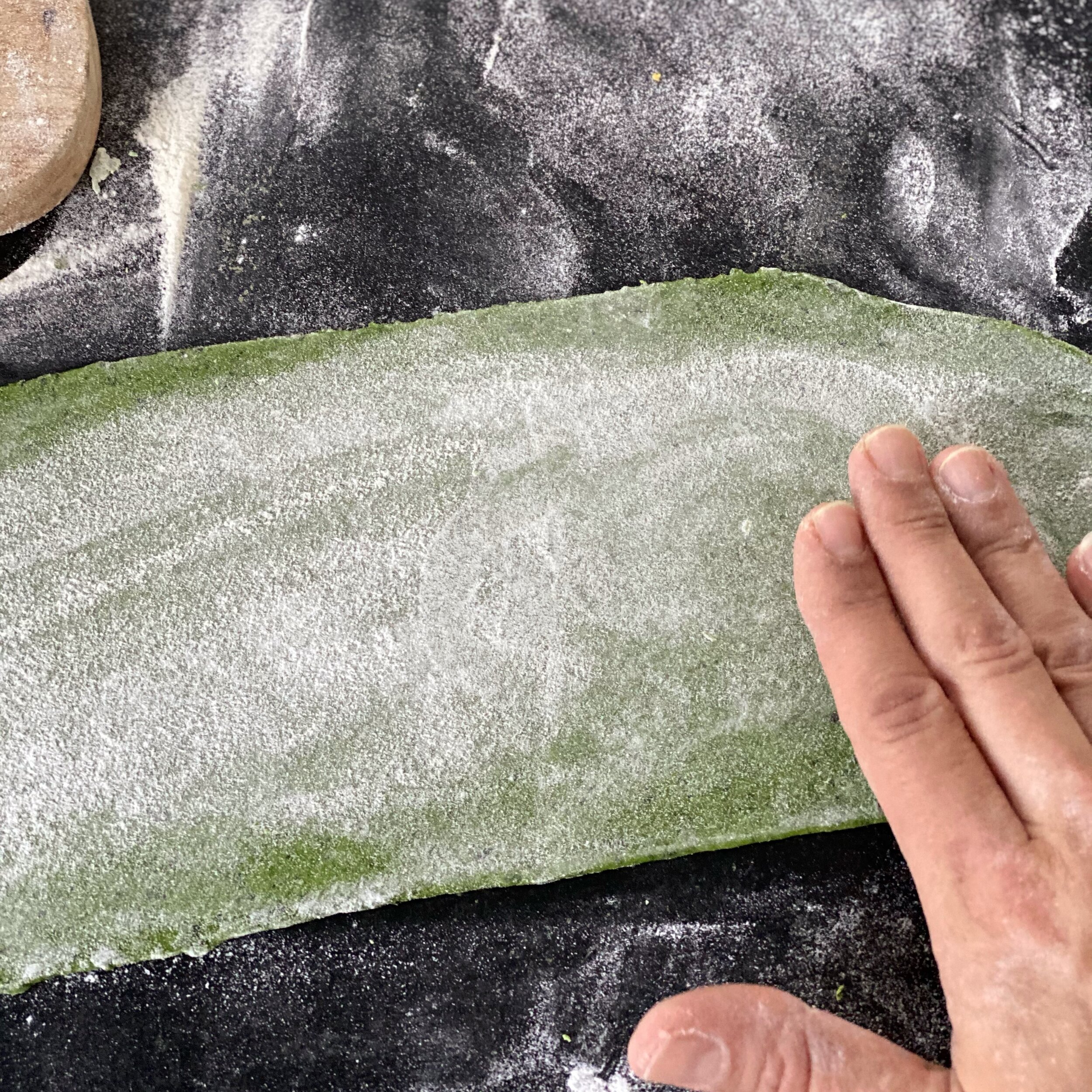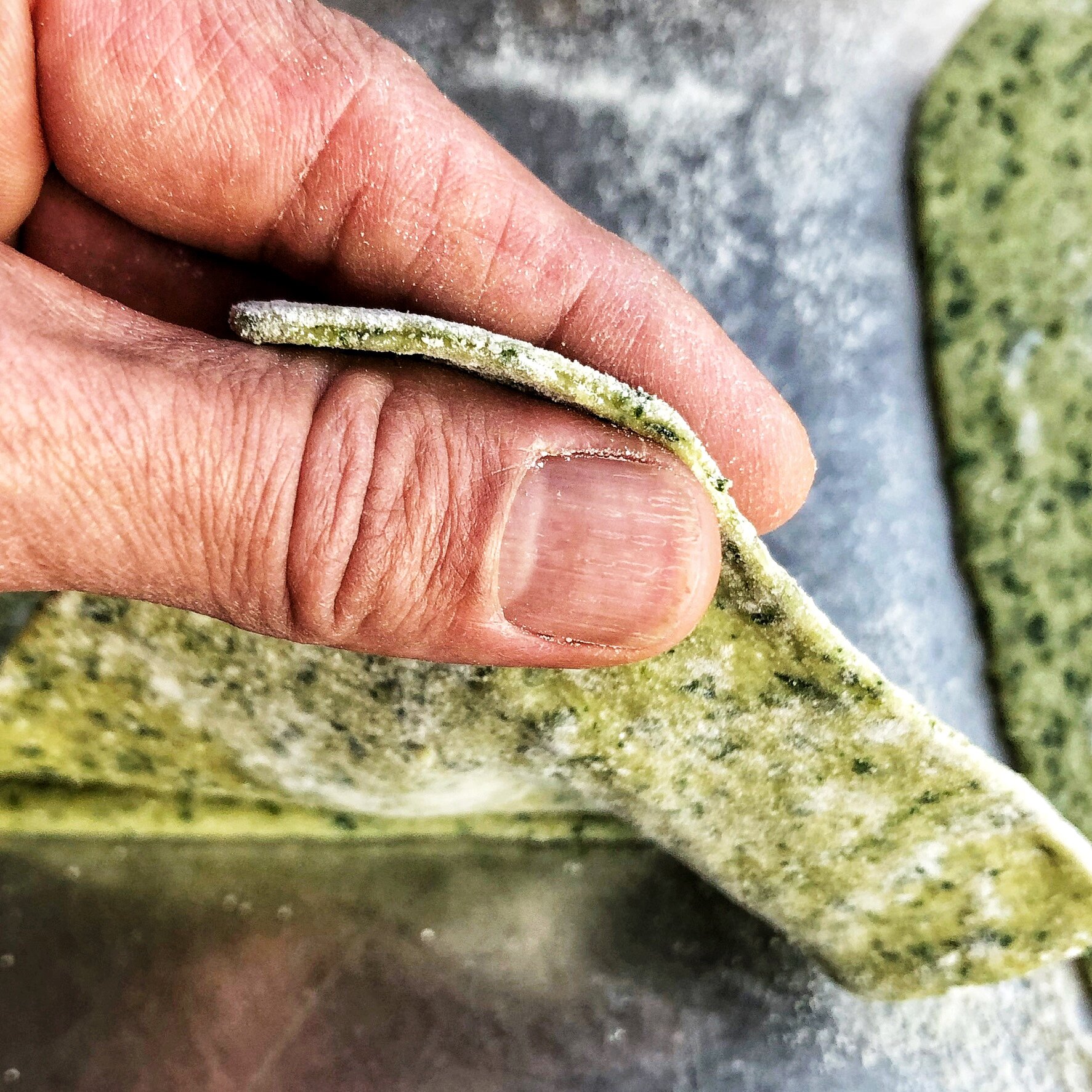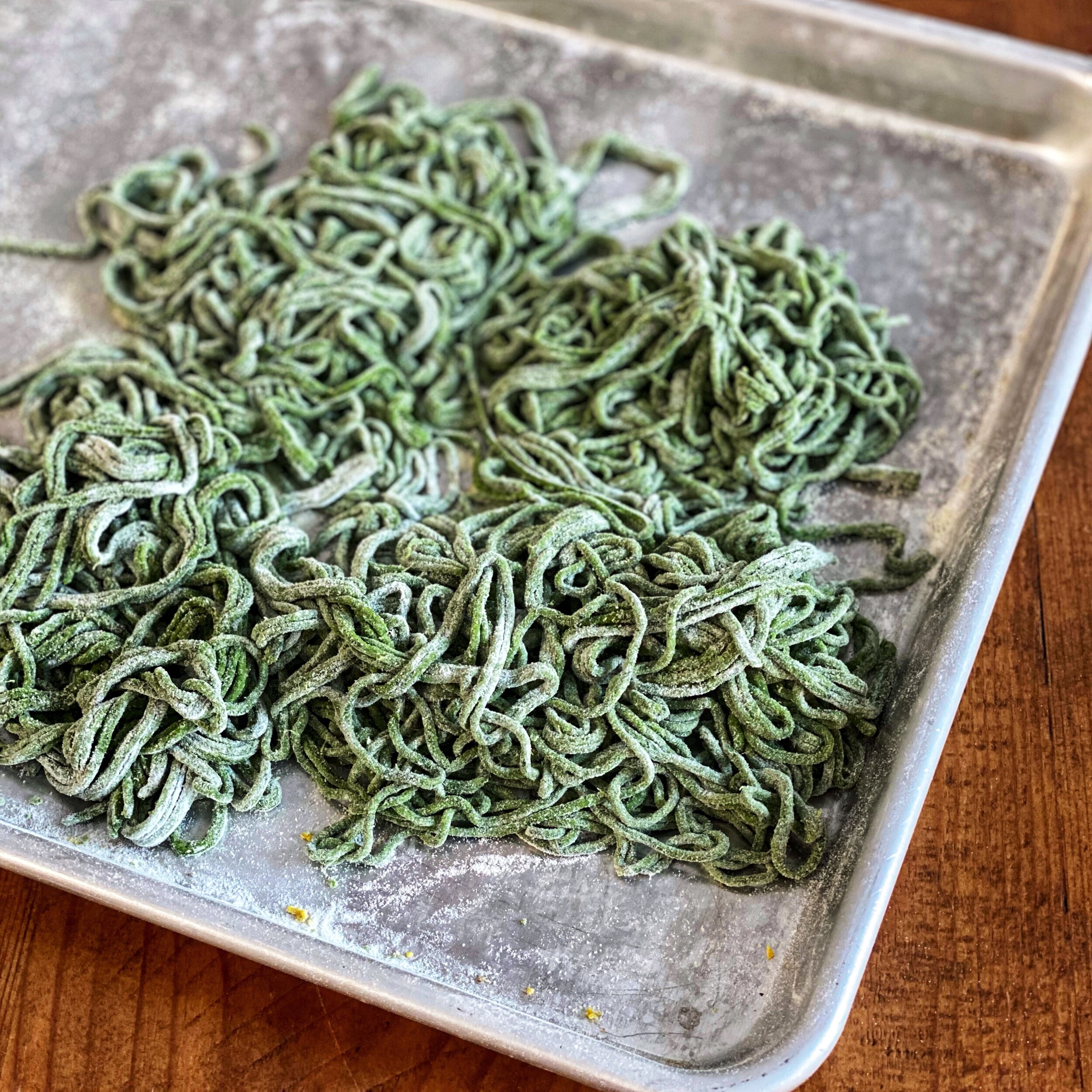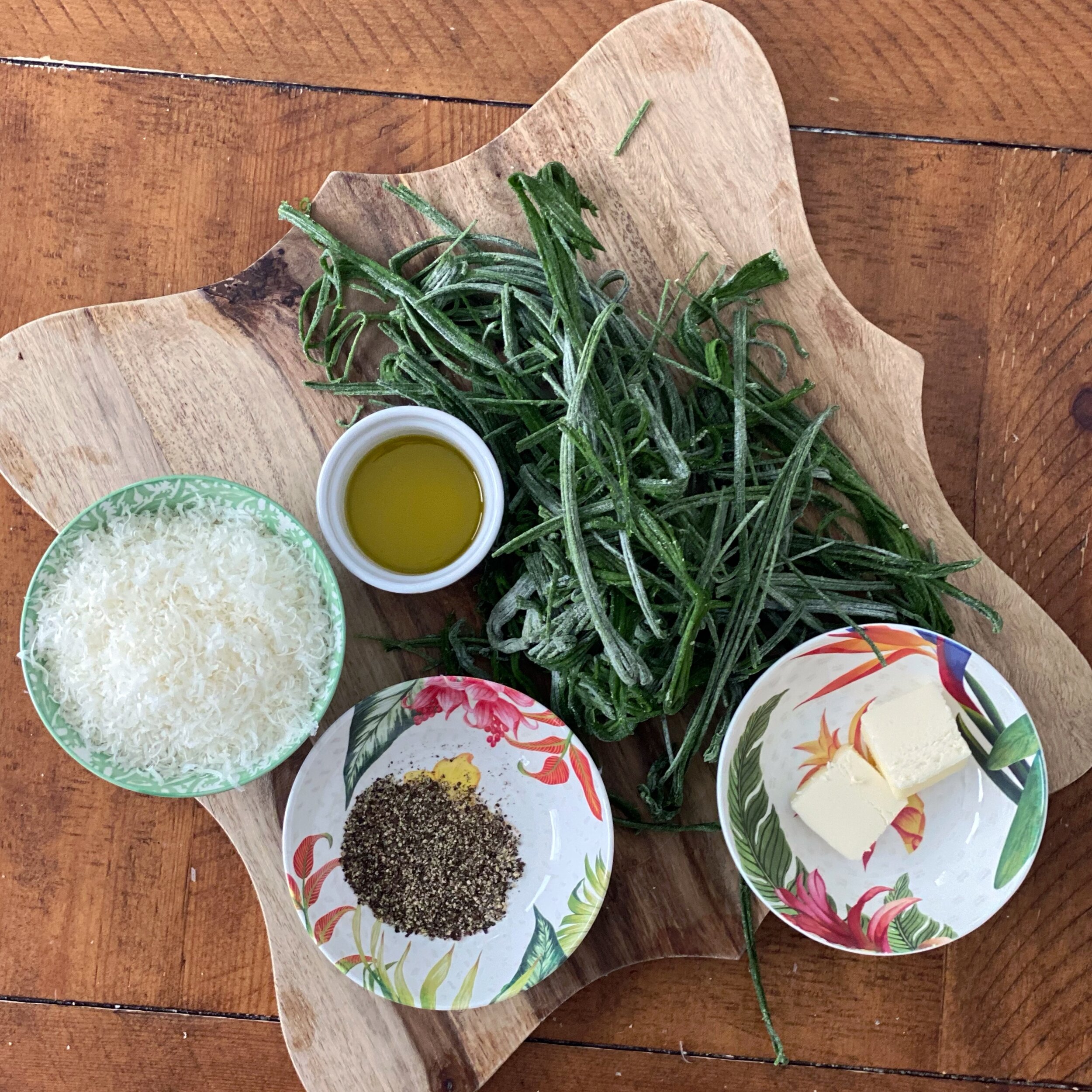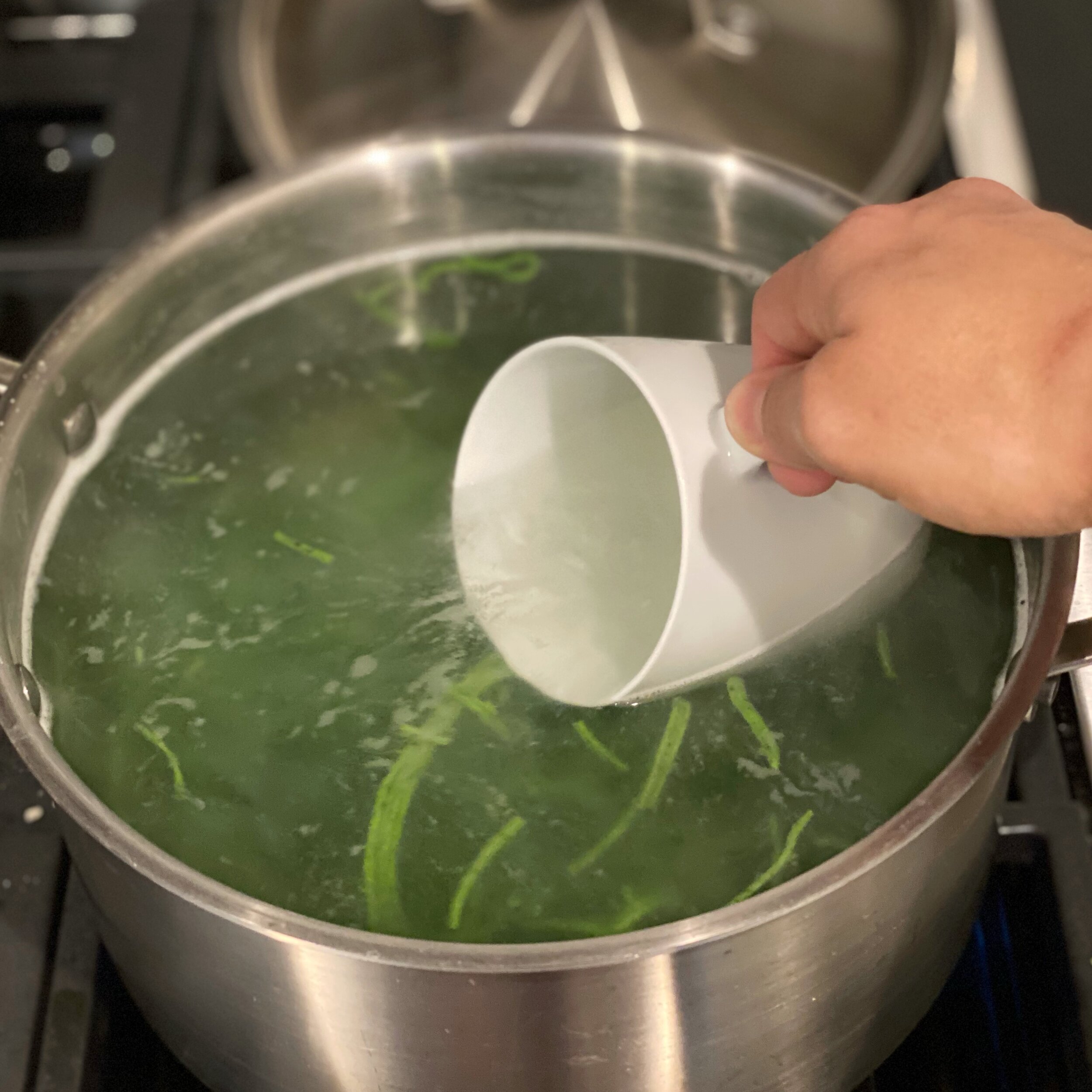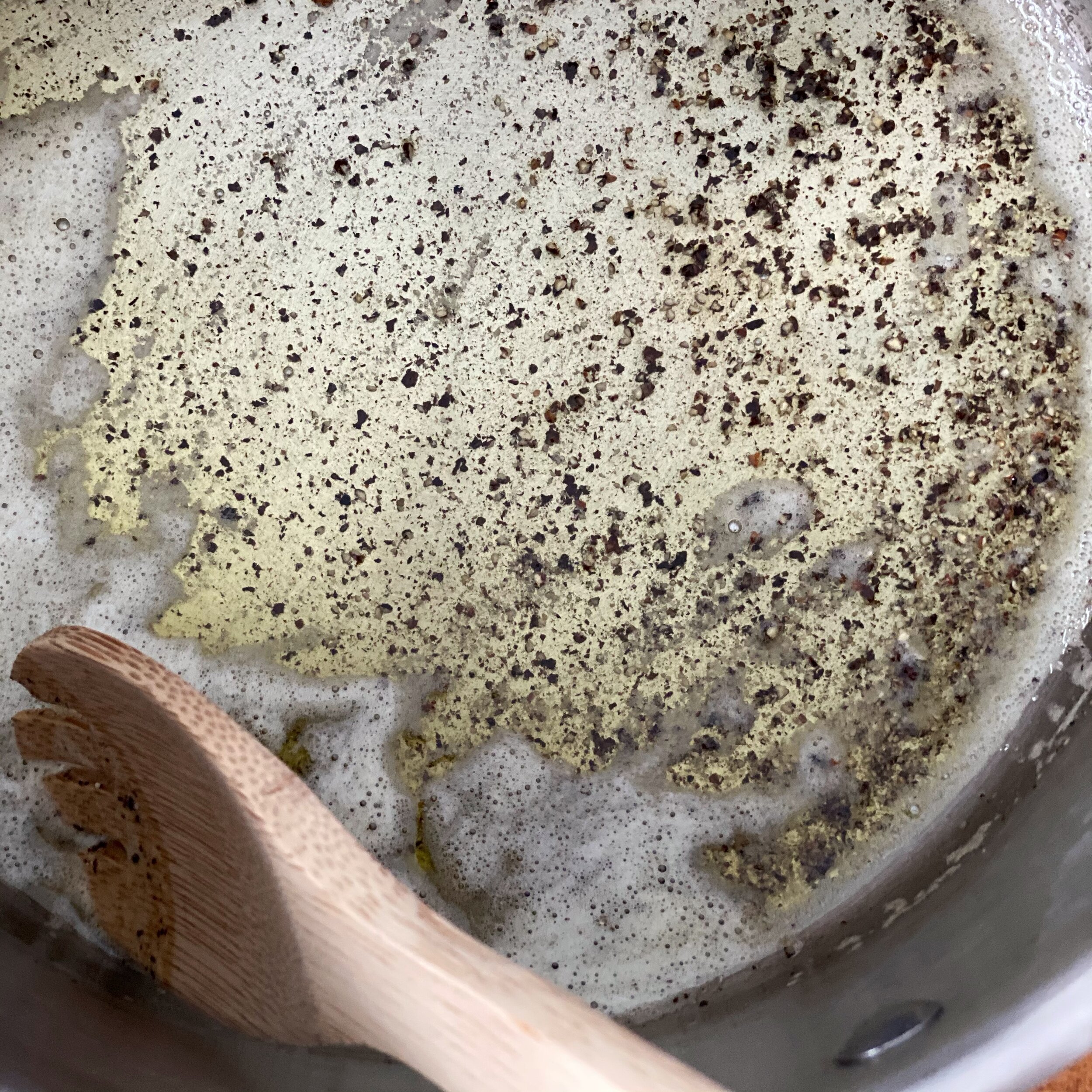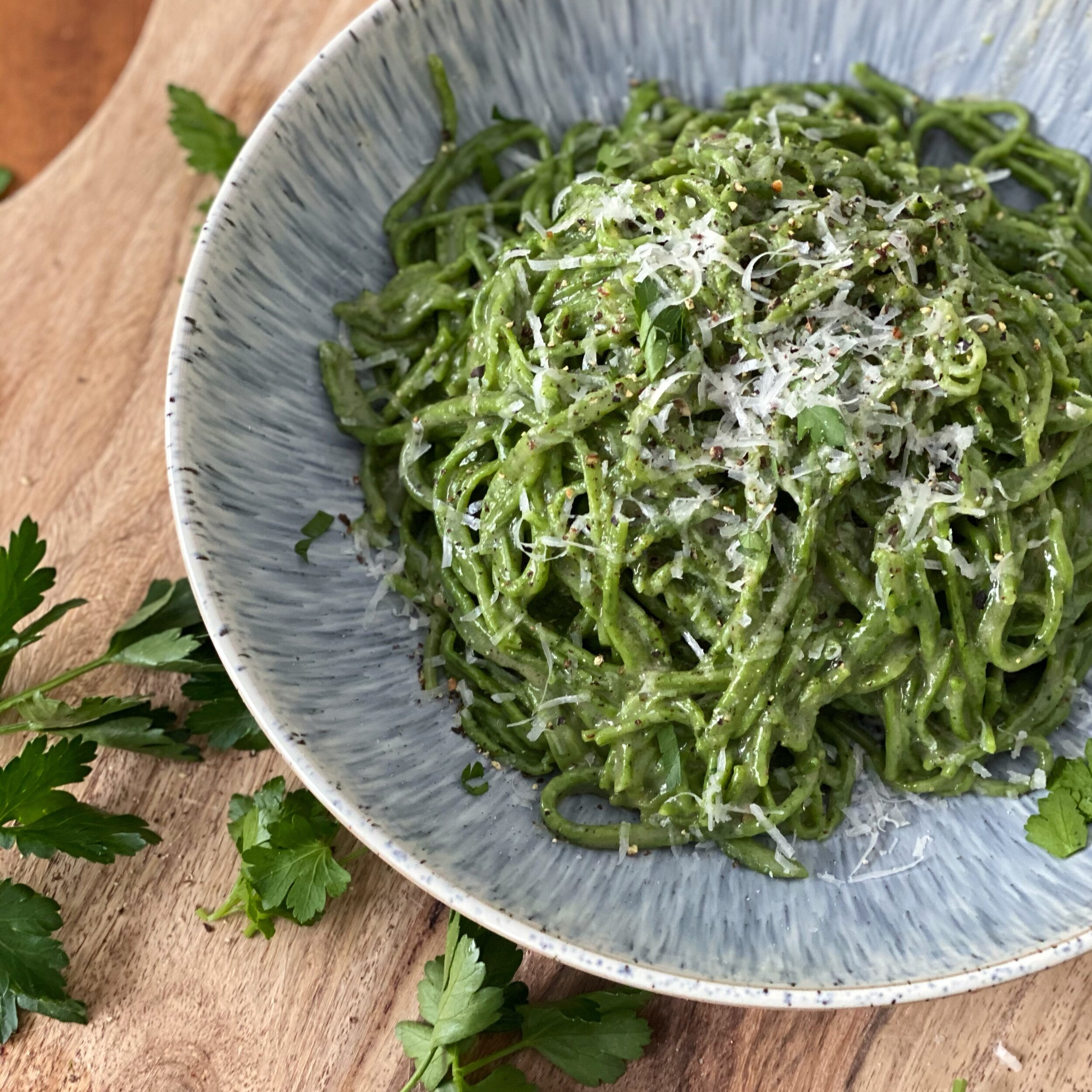Despite its popularity, I don’t recall eating “Cacio e Pepe” as a kid. I mean, sure, like most kids I ate pasta, plain, then doctored with butter and cheese by a parent irritated by my “no sauce” phase. This is particularly annoying to Italians who sweat over large pots of Sunday sauce filled with delicious meatballs and sausage. But all kids take this position at some point in their childhood — “No tomato sauce. Yes, I guess butter and cheese is okay. If I have to. To get dessert.”
Those buttery cheese laden noodles children enjoy are a few culinary techniques away from one of the most crave-worthy dishes of all time — Cacio e Pepe. Translation? It’s merely pasta with cheese and pepper. But it’s so much more than that. The simplicity. The crassness. The indulgence. And of course, the pepper. The freshly cracked black pepper toasted gently in butter and oil and thickened into a gravy with the pasta cooking liquid is what makes this the $24-upscale-Italian-restaurant-plate and not the bowl of buttered noodles you feed your younger kid nearly every day because it’s all he will eat. Just me? Okay.
When your “petite” child is eating only buttered noodles for any stretch of time, you find creative ways to sneak in vegetables, including putting greens directly into the pasta itself. First, I discovered that Cacio e Pepe was on another level entirely when made with fresh pasta. Once I did that, there was no turning back. So, I ran with it, and used fresh homemade kale noodles. The result is perfection - everything you love about Cacio e Pepe but with a pile of greens served up in herbaceous noodles and gorgeous contrasting colors.
Bonus: I’ve also worked out this recipe to ensure you only use one pot.
Kale Spaghetti Cacio e Pepe
Yield: 4-6 servings, according to USDA food guidelines, not your Italian mama
What You Need:
1 bunch kale (also works with spinach), stems removed and discarded, providing 125 grams of leaves
Kosher salt
2 large eggs, room temperature
300 grams flour (2½ cups all purpose or 2¼ cups “00” flour)
Semolina flour or more all purpose flour for dusting
1 cup grated Pecorino Romano (you can sub Parmesan Reggiano or blend of the two cheeses if necessary, but Pecorino is traditional)
2-3 tablespoons unsalted butter
1-2 tablespoons olive oil
3-4 teaspoons freshly cracked black pepper
Parsley leaves, optional
What You Do:
Prepare the kale: Bring 5 quarts of water to a boil. Salt heavily. Add the kale, return to a boil and boil for about 60 seconds. Scoop out and immediately rinse under cold water or drop into an ice bath. Turn off the heat but do not drain the pot. You will use the water again to cook the pasta. Squeeze any excess liquid out of the cooked kale and add to a blender with the eggs. Blend on the highest speed until smooth. You should have about 1 cup of kale and egg purée. Use it all, regardless of how much and adjust the amount of flour accordingly. Note: you can use a food processor in this step instead of a blender. Your puree might be slightly grainier but will work just fine.
Make the kale spaghetti dough: Sift flour onto the work surface into a large mound. Make a well with high walls in the middle. Into the well, pour the kale and egg mixture. (Alternatively, you can combine about ½ cup of previously puréed cooked kale into the well with two eggs and proceed). With a fork, stir the kale mixture in a circular motion, slowly incorporating the flour. Once most of the flour is incorporated and you have a wet paste, set the fork down. Combine the ingredients with your hands. Add more flour if the dough is wet or sticky. Add water one teaspoon at a time if the dough is dry or floury. Scrape up any stray pieces of flour or dough and work into the dough. Form dough into a ball and set aside while you clear the work surface with the bench scraper. On the cleared work surface, knead the dough with your hands for about 10 minutes until it is smooth and elastic. Wrap in plastic wrap and set aside for a minimum of 30 minutes before shaping.
Roll and cut the spaghetti:
By hand: With a rolling pin, roll the dough (all at once or in portions) to about 2 mm thick. Liberally flour the rolled out sheet(s) of dough. Allow to rest uncovered to cure (dry) for 5-10 minutes. Loosely roll or accordion-fold the sheets and then using a sharp knife, cut into ribbons about 2 mm wide.By machine: Divide the dough into quarters. Use the sheeting tool of your pasta machine to roll the dough to 2 mm thick or setting number 4 or 5. Dust with flour and allow to rest uncovered to cure (dry) for 5-10 minutes. Switch to the spaghetti or tonnarelli attachment to make noodles. Feed the sheets through the cutter, flouring generously before, during, and after the noodles emerge from the cutter.
For both, immediately coat the noodles with copious amounts of flour. Twirl the noodles into a loose nest and transfer to a floured sheet pan to dry. Or hang on a pasta drying rack. Allow to dry 30 minutes to 1 hour.
Cook the Pasta: Bring the pot back up to a boil. Cook the noodles in salted boiling water until al dente, about 3 minutes. Drain, reserving about 1 cup of pasta liquid. In the same emptied pot, heat the butter and olive oil. When the butter melts, add the black pepper and toast for about 30 seconds or until fragrant. Gradually stir in most of the reserved pasta liquid. Bring to a simmer and allow to thicken to a gravy-like consistency. Gradually add the cheese, whisking constantly. Turn off the heat. Add the pasta and more pasta liquid 1 tablespoon at a time if needed and add more black pepper to taste.
Serve with torn leaves of parsley, additional grated cheese and cracked pepper if desired.
Note on freezing: You can freeze the uncooked noodles. After shaping the noodles and dusting with flour, arrange in loose nests on a flour dusted sheet pan or platter. Put the sheet pan in the freezer (uncovered is fine) for about 2 hours until the nests are solid. Transfer to a freezer safe container or freezer bags. When cooking frozen noodles, remove from the freezer while boiling water and cook an extra minute or so.

